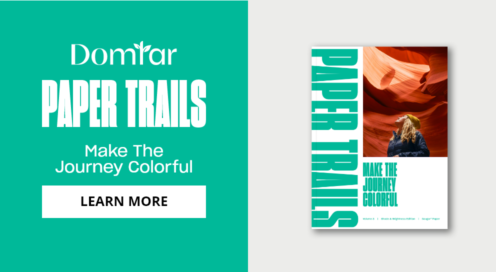Using Design Tokens to up your Accessibility Game

About this video
Description
Design tokens are all the rage. They exist to efficiently power consistent experiences. It truly is a powerful thing to be able to deliver platform-agnostic consistent experiences, or to quickly update a style that propagates via inheritance, even across nested design systems. The resultant consistency and efficiency are the main drivers for their recent popularity. But, have you thought about harnessing that power of design tokens to ensure these experiences are also accessible? Well, it’s true. Design tokens work at the base property level, at the level where the tiniest design decisions are made, for instance colour, padding, or font weight. How these micro-decisions work together, or rather don’t work well together, can influence whether the experience is accessible or not. In this talk you’ll learn how design tokens can significantly influence the accessibility of your designs, and you’ll learn some practical ways to apply design tokens to do just that.
Takeaways
- Learn what types of design token decisions affect the accessibility of UI elements.
- Learn how to use design tokens to improve the accessibility of UI elements.
- Understand the importance of using design tokens to ensure a consistent experience across a wide set of UI elements.
About Karen Hawkins
Karen is a human factors engineer and a certified accessibility professional with more than 12 years of experience. She is a member of the IAAP OPDC (International Association of Accessibility Professional Organizational Professional Development Committee) Career Pathways Working Group, as well as a member of the W3C’s Accessibility Roles and Responsibilities Matrix (ARRM) Working Group. As both a user experience designer and director, she honed her skills leading multi-disciplinary teams in creating digital solutions for leading global companies. Today, she leads the accessible design practice at Level Access, teaching customers and colleagues alike to apply accessible design thinking to all their work.









